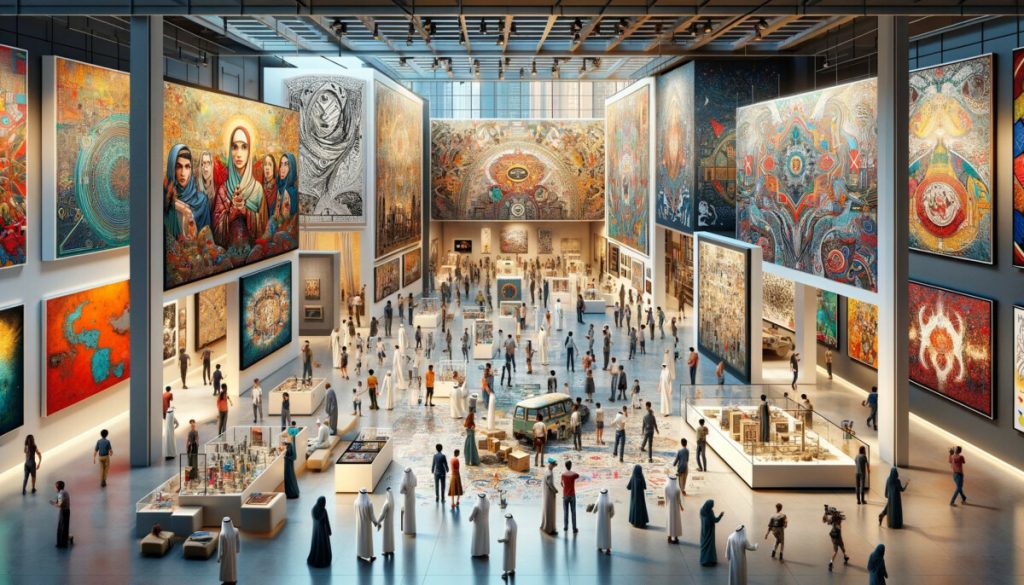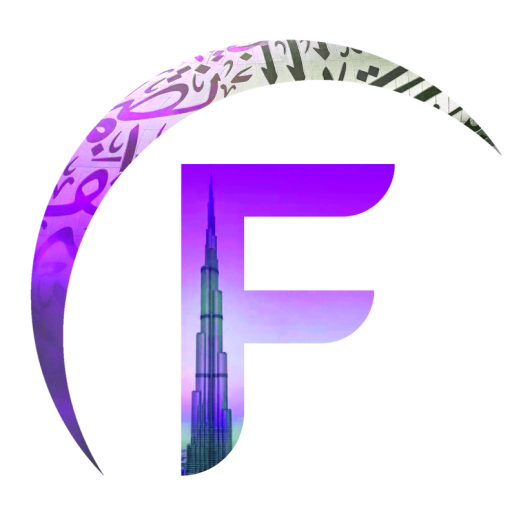In Dubai, the city’s pace and energy make it an ideal canvas for pop-up art galleries. These short-term exhibitions are more than fleeting installations; they’re community activations, brand expressions, and cultural experiments rolled into one. From container shows in Al Quoz to rooftop exhibits in Jumeirah, organizing a pop-up gallery here is as much about planning as it is about storytelling. If you’re an artist, curator, or creative entrepreneur thinking of launching a temporary space, there’s a lot to consider—from licensing to layout, and from UAE regulations to the scent of your opening night candles.
Start by identifying your objective and the story your pop-up wants to tell
Before diving into logistics, clarify what your gallery is about. Are you promoting emerging artists from the UAE? Introducing a cross-cultural theme? Launching a brand collaboration through art? This narrative will drive your choice of artists, space, and audience engagement. In Dubai, thematic clarity matters because the city’s art lovers are diverse—ranging from collectors in DIFC to design students in Deira. A well-framed story allows your pop-up to stand out amid a sea of visual events.
Choose a location that aligns with both your vision and Dubai’s zoning rules
Dubai offers a wide range of potential spaces for a temporary gallery, but not every venue can legally host public exhibitions. Areas like Alserkal Avenue, Dubai Design District, and Mirdif 35 have flexible leasing policies and a history of hosting cultural events. These zones often have pre-approved event licensing routes and built-in foot traffic. Alternatively, some organizers rent residential villas, warehouse lofts, or mall units—but these require municipal clearance. Always check Dubai Municipality’s latest permit conditions for pop-up events, especially if your space wasn’t originally zoned for public access.
Apply for a temporary event permit through the appropriate Dubai authority
To operate a public pop-up gallery, you’ll need approval from the Dubai Economy and Tourism Department. This permit covers not only your legal status but also your insurance obligations, crowd control, and marketing allowances. If you plan to sell artwork, additional commercial permissions may be necessary. For events with live music, food, or public performances, you’ll also need coordination with Dubai Police and Civil Defence. It’s best to apply 2–4 weeks in advance, and we suggest working with a PRO (public relations officer) if navigating this for the first time.
Design your space for narrative flow, audience comfort, and photographic appeal
Pop-up galleries are short-lived, so first impressions matter. The layout should guide visitors through the exhibit like a story unfolding—starting strong, building intrigue, and offering moments of reflection. Lighting is everything in Dubai’s creative scene, and venues often lean on soft LEDs, spotlight rigs, or dynamic color filters. Avoid harsh overhead lights or overly dim rooms. Seating nooks, info cards in both Arabic and English, and eco-conscious design elements help elevate the experience. Don’t forget photogenic corners—visitors will inevitably share your event on Instagram, which becomes an organic marketing boost.

Collaborate with artists, fabricators, and transporters who understand the UAE market
Working with artists familiar with Dubai’s art ecosystem ensures smoother planning. They’ll understand timelines, framing standards, pricing expectations, and even local material sourcing. If you’re importing work, factor in customs clearance and UAE-specific VAT paperwork. Exhibition build-outs may require fabricators who can work within short timeframes and provide DCD-approved (Dubai Civil Defence) safe materials. Transport logistics also matter—especially in peak seasons when traffic near venues like JBR or Sheikh Zayed Road can delay deliveries. We suggest organizing your install a full day before opening.
Use curated programming to extend the gallery’s lifespan beyond its walls
Successful pop-up galleries in Dubai don’t stop at displaying art. They include talks, soundwalks, live sketch sessions, or artist meetups. These activities create layers within your event, transforming it into a cultural experience rather than a transactional show. Local creatives—such as poets, musicians, or chefs—can collaborate to infuse your space with additional depth. Programming also increases revisit value, especially for multi-day pop-ups. Even simple activations like QR-based audio guides or guided tours in both English and Arabic can make a lasting impact on your audience.
Promote across digital and physical channels, but tailor content to Dubai’s rhythm
In Dubai, digital promotion is key—but timing and platform choice make all the difference. Instagram and WhatsApp remain dominant for creative events, particularly for short-term shows. If your event spans a weekend, start teasing it one week prior with sneak peeks, behind-the-scenes photos, and intro videos from participating artists. Collaborate with local influencers or art collectives for reach. Printed invites or posters in cafés like those in Al Wasl or City Walk still work for certain crowds. Avoid over-saturation—two to three strong posts daily during your show are better than constant repetition.
Respect cultural norms while pushing creative boundaries
Dubai’s creative sector welcomes experimentation, but organizers must remain mindful of cultural sensitivities. Artwork that involves nudity, political content, or religious symbolism should be carefully reviewed—especially in publicly accessible spaces. If in doubt, consult with Dubai Culture or your hosting venue’s in-house compliance team. This doesn’t mean limiting artistic expression; it means framing it thoughtfully. Abstract themes, conceptual installations, or interactive formats are often better received when they are emotionally resonant but visually respectful.
Gather feedback and document your event for future use or funding opportunities
Once your pop-up concludes, your job isn’t over. Collect feedback via QR surveys, post-event social media polls, or direct conversations. Record videos of audience reactions, time-lapse footage of the installation process, and high-quality photographs. These materials help you build credibility for future events, attract collaborators, or apply for art grants from organizations like Dubai Culture. They also offer artists professional documentation for portfolios. Hosting a post-event reflection, even digitally, helps the creative community grow from shared experience.
Pop-up galleries in Dubai work best when they feel personal, purposeful, and bold
Dubai’s pace may be fast, but its appetite for thoughtful, expressive art is growing steadily. A pop-up gallery here can be a declaration—of vision, curiosity, or cultural connection. Whether you’re staging a one-day light show or a week-long exhibition in an industrial loft, what matters most is that it feels alive. Because in a city of architecture and ambition, a temporary wall covered in brushstrokes can sometimes say more than a skyline.
This article was created by the editorial team at www.few.ae.


 then "Add to Home Screen"
then "Add to Home Screen"